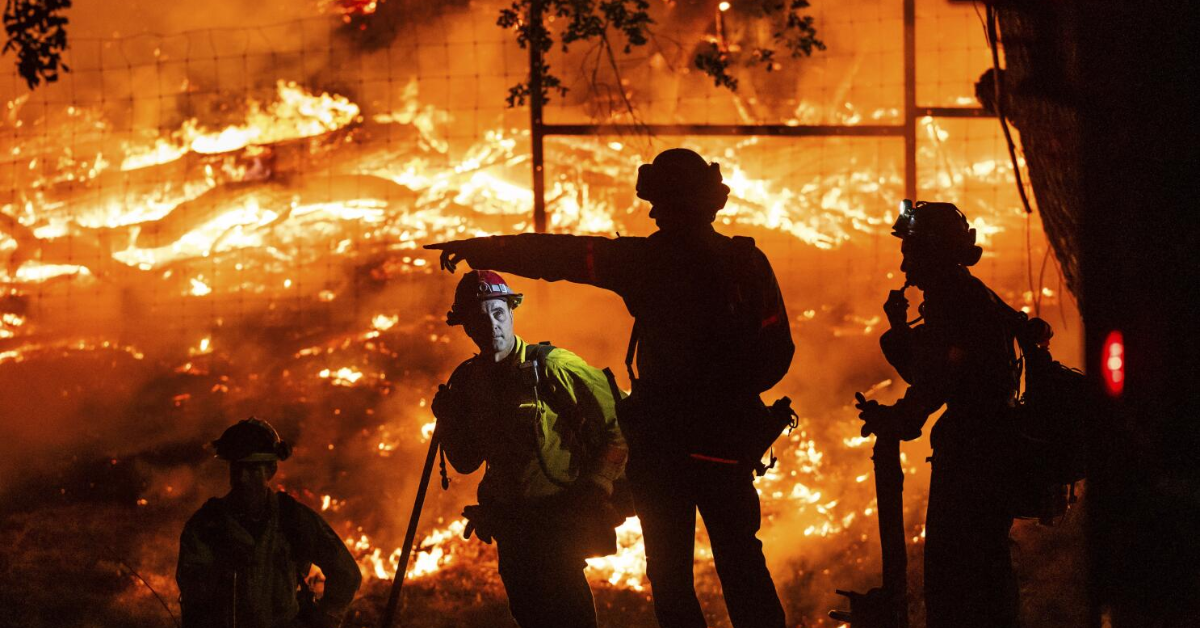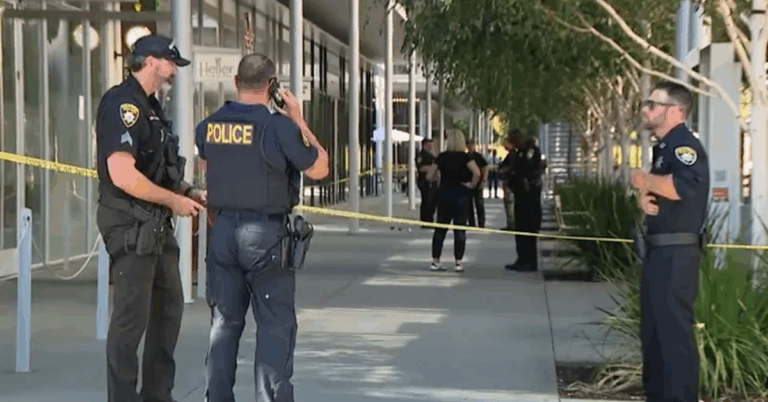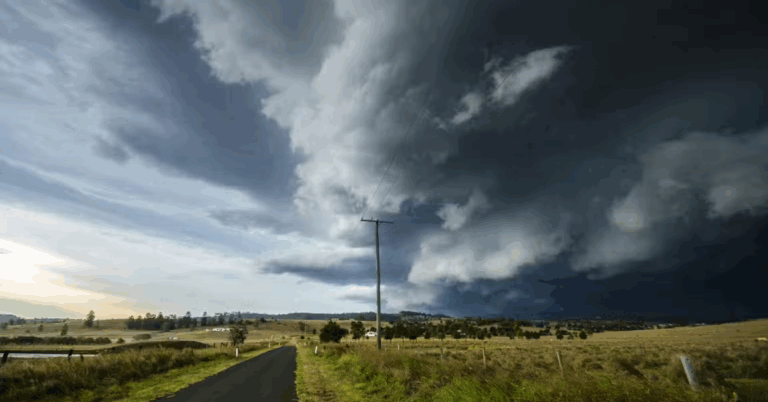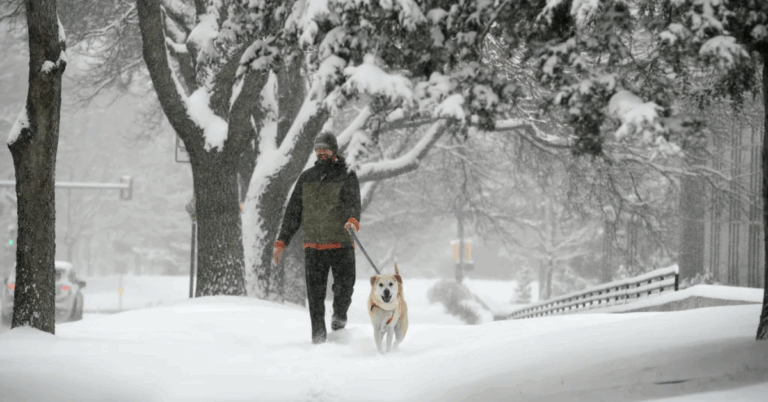
The Pickett Fire, which has been blazing for weeks, is now officially declared contained, bringing relief to many affected communities. Firefighters and emergency services worked tirelessly, battling tough weather and dry conditions to curb the flames. While the immediate threat of the fire is over, attention is now shifting to the risks that heavy rains might bring in the coming days.
Despite the good news about the fire, experts are warning about potential dangers related to rain falling over the burnt landscape. The soil is fragile, and heavy rain can trigger floods and landslides, putting residents and rescuers back at risk. Understanding these new threats is critical to staying safe during this transition period.
How the Pickett Fire Was Controlled
The Pickett Fire, which started several weeks ago, quickly spread due to dry weather and strong winds. Firefighters from multiple agencies joined forces to tackle the blaze, using strategies like creating firebreaks and controlled burns. According to the California Department of Forestry and Fire Protection (Cal Fire), over 1,000 personnel were deployed at the peak of the operation.
With cooler temperatures and cooperative weather, crews gradually gained the upper hand. The official update from Cal Fire states that the fire is now fully contained, which means no active flames remain, and the risk of further spread is very low. This victory, however, is just the first step toward recovery.
Post-Fire Rainfall: New Dangers to Watch For
As the region experiences moderate to heavy rainfall, local authorities warn of increased risks such as flooding and mudslides. Burn scars from the fire reduce vegetation cover, which normally absorbs rainwater and holds soil in place. The loss of this natural barrier means rainwater runs off rapidly, increasing the chances of flash floods.
The National Weather Service explains that flash floods can occur with little warning and can be extremely dangerous, washing away roads, homes, and even people. Residents in affected areas are advised to stay alert for emergency updates and avoid driving through flooded roads.
Safety Precautions and What Residents Can Do
Even though the fire is out, preparedness during this rainy season is essential. Here are some important safety measures recommended by experts:
- Stay informed through local news and official weather alerts.
- Avoid areas that have been badly burned and are prone to landslides.
- Keep emergency supplies ready, including food, water, and first aid kits.
- Avoid driving through flooded areas, especially at night when visibility is low.
- Follow any evacuation orders immediately to ensure your safety.
Local officials are also stepping up efforts to clear drainage systems and monitor hillside stability to reduce risks. According to a recent update from FEMA, understanding the geology and past fire impact on land is critical in predicting landslides, helping disaster response agencies act faster.
Looking Forward: Recovery and Rebuilding
With the Pickett Fire now contained and rains underway, communities face the challenge of recovery. The burnt forests and damaged infrastructure need time and support to heal. Environmental groups recommend reforestation and soil restoration projects to prevent further erosion and improve landscape resilience.
Young people and local volunteers are also encouraged to participate in cleanup drives and awareness campaigns to rebuild their neighborhoods. Such community involvement not only speeds up recovery but also promotes stronger preparedness for future natural disasters.
Conclusion: Staying Vigilant is Key
The containment of the Pickett Fire is a positive step, but the arrival of heavy rains brings new concerns. From flash floods to landslides, the risk remains serious for impacted regions. Staying aware, following safety advice, and supporting recovery efforts can help citizens stay safe and build a more resilient environment.
For continuous updates, always rely on trusted sources like Cal Fire, National Weather Service, and local government announcements. With careful attention and community cooperation, the path toward safety and rebuilding will be smoother.









